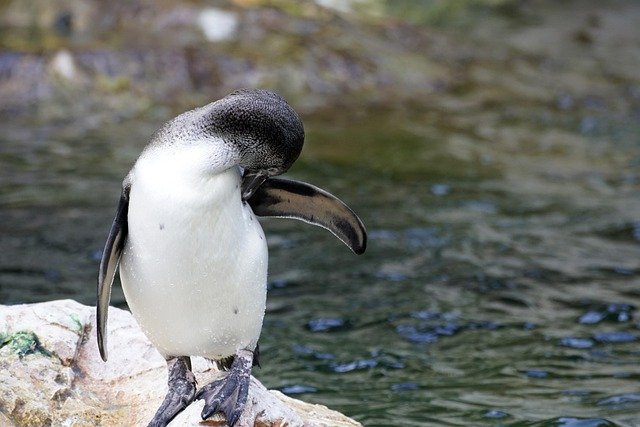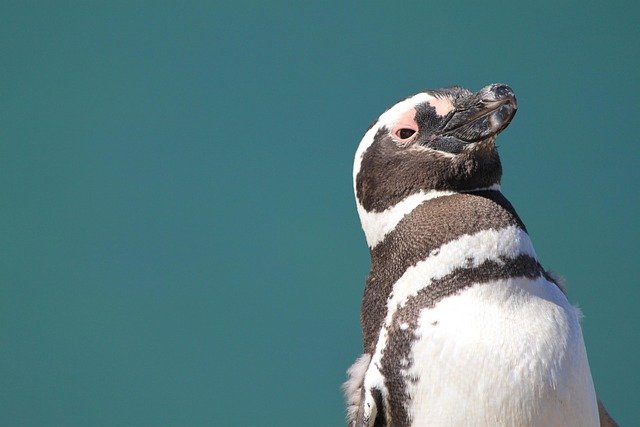**Title: "The Social Lives of Penguins: Understanding Their Unique Communication and Social Structures"** **

The Social Lives of Penguins: Understanding Their Unique Communication and Social Structures
Penguins are fascinating creatures that have captured the hearts of many with their charming waddles and distinctive tuxedo-like appearance. However, beneath their adorable exterior lies a complex social structure and a rich tapestry of communication that is vital for their survival. In this post, we will explore the social lives of penguins, highlighting their unique communication methods, social behaviors, and the importance of community in their lives.
The Importance of Social Structure
Penguins are highly social animals that thrive in colonies, often numbering in the thousands. These colonies provide numerous benefits, including:
Protection from Predators: By living in large groups, penguins can reduce the risk of predation. The sheer number of individuals makes it more challenging for predators to target a single bird.
Cooperative Breeding: Many species of penguins engage in cooperative breeding, where individuals help care for chicks that are not their own, ensuring a higher survival rate for the young.
Resource Sharing: Living in colonies allows for more efficient foraging, as penguins can share information about food sources and work together to find sustenance.
Unique Communication Methods
Penguins have developed a variety of communication methods to interact with one another, which include:
Vocalizations
Penguins are known for their diverse vocal repertoire. Each species has its unique calls, which serve different purposes:
Contact Calls: Used to maintain contact with mates and chicks, especially in crowded colonies.
Aggressive Calls: Employed during territorial disputes or when threatened.
Courtship Calls: Used during mating rituals to attract partners.
Body Language
In addition to vocalizations, penguins use body language to convey messages:
Posturing: A penguin may puff up its chest or extend its flippers to assert dominance or attract a mate.
Nuzzling: Penguins often engage in mutual preening and nuzzling as a form of bonding and social interaction.
Social Behaviors
Penguins exhibit a range of social behaviors that reflect their complex social structures:
Grooming
Mutual grooming is a common behavior among penguins, helping to strengthen social bonds and maintain feather health. This behavior is particularly important for keeping their feathers waterproof and insulated.
Group Foraging
Many penguin species forage in groups, which enhances their foraging efficiency. By working together, they can herd fish or share information about the best feeding spots.
Parenting Partnerships
In species like the Emperor Penguin, both parents share the responsibility of incubating eggs and caring for chicks. This partnership is crucial for the survival of their offspring in the harsh Antarctic environment.
Conclusion
The social lives of penguins are rich and complex, characterized by intricate communication, cooperative behaviors, and strong social bonds. Understanding these aspects of their lives not only enhances our appreciation for these remarkable birds but also underscores the importance of conserving their habitats and ensuring their survival in an ever-changing world. As we continue to study penguins, we gain valuable insights into their behavior and the ecological roles they play in their environments.
Feel free to share your thoughts or experiences with penguins in the comments below! 🐧

Upvoted! Thank you for supporting witness @jswit.